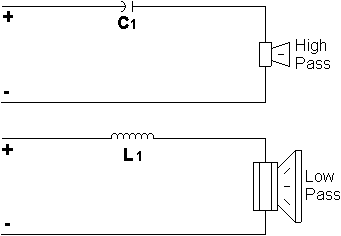Shane Nudds
New Member
Picked up a pair of Jensen 3-P/2 super slim panel speakers from 1961. They work but obviously the caps are dried out. Removed them from the first speaker hoping the paper would have some specs on it but nothing. Can't find anything online either (specs, schematics). How do you go about replacing caps when you dont know the original values? Thanks in advance









